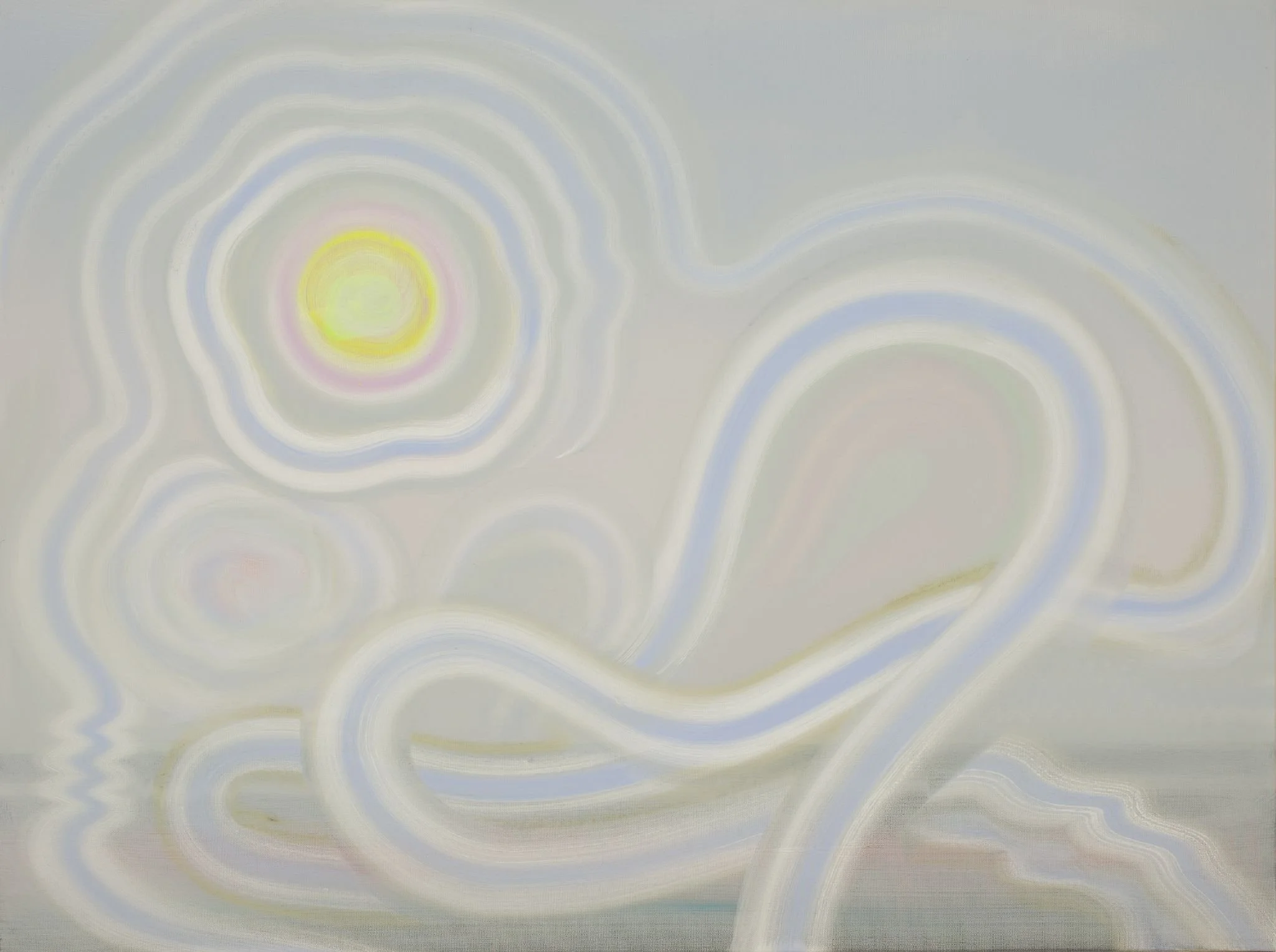Holding Space (Holt)
2025 | GROUP EXHIBITION
HOLDING SPACE IN COLLABORATION WITH PANGÉE
MONTREAL - HOLT RENFREW OGILVY
Oct 1 - Mid Jan
Opening : Wednesday October 1, 2025, 6pm - 8pm
Wanda Koop, UNSEEN-SEEN, 2017, Acrylic on canvas, 30 x 40 in.
Blouin Division and Pangée are proud to present Holding Space, on the fifth floor of Holt Renfrew Ogilvy. Curated by Erika Del Vecchio, the exhibition brings together the work of Marie-Claire Blais, Tammi Campbell, Catherine Desroches, Myriam Dion, Delphine Hennelly, Nadya Isabella, Wanda Koop, Élise Lafontaine, and Corri-Lynn Tetz. Shaped by les imaginaires du feminin, the exhibition considers how women artists have always been essential to the very structure of art history, even when neglected or forgotten, reminding us how material, image, and gesture can articulate both intimate experience and universal resonance. These artists testify to the scope and vitality of contemporary Canadian painting.
Élise Lafontaine gives the exhibition its first breath with Column I and Column II, two upright forms, sculptures erected within the architecture itself, which invert the logic of the space and inhabit it with a presence both monumental and intimate. Built to the scale of her late mother, these works stand as a discreet echo of the maternal figure, an homage to women as pillars, true caryatids of our histories. Corri-Lynn Tetz’s Sleepover draws from the imagery of adult magazines, placing the female body in a suspended atmosphere that questions both the fragility of representation and the gaze directed at women. In Delphine Hennelly’s painting, the repeated gesture of the brush reinvents baroque ornament into abstract patterns, sketches of a lyrical femininity. Scenes of girlhood, young girls and a dog at play, emerge as echoes of a memory replayed.
Wanda Koop’s work enters into dialogue with that of Tammi Campbell by placing Two Naked Trees alongside Concetto spaziale, Attese, repaired, the first revealing the wound and scar of the landscape, the second offering an act of repair in response to Fontana’s incisions, two answers converging in the same tension. Campbell continues, in her Dear Agnes series, a daily practice of pencil drawing in homage to Agnes Martin, where the minimalist gesture becomes an act of continuity and intimate resonance. Shown together with Catherine Desroches’s drawing Sonatine, these works form the only graphite pieces in the exhibition; their lines reveal the echo of a discreet yet persistent gesture, dialoguing in silence and questioning the muted relationship between drawing and space. Desroches lets the past surface in matter while casting a reflection into the present. Her drawing becomes an act of love, a gesture that weaves together regret, hope, and care for the world, carrying the energy of a solitary consciousness between inside and outside.
Through Unseen-Seen and In Absentia, Wanda Koop unfolds a language of color and silence, one exploring what remains to be seen behind shadow, the other probing the urban interstice, visions that weave memory, abstraction, and landscape into presences both absent and revealed. Marie-Claire Blais, by elaborating surfaces that function as armature and working the fold as an active principle, reminds us that structure is gesture and makes painting an act at once conceptual and sensorial, deconstructing the very idea of what painting might be. Transition Diurne evokes the shifting of light throughout the day and reveals how her works come alive through changing perceptions, where matter and time converge. Myriam Dion’s Treillis fleuri takes up an antique hand-painted textile motif and transposes it onto meticulously cut paper. By working with the fragility of a quotidian support such as newspapers, she transforms the ephemeral into durable memory and reinscribes in painting the feminine decorative gesture, reactivated in the present. Nadya Isabella opens a subtle dialogue with Window Sill and Blue Portrait. Her work reflects on ordinary memory, everyday rituals, and the way the gaze lingers on familiar surfaces. Into her compositions she introduces a chromatic restraint that illuminates rather than exposes, turning the act of looking into a silent and powerful gesture.
Holding Space reminds us that women have always participated in writing the history of art. They are not here to decorate or entertain; they are its very foundation. They support, they carry. Here lies the invitation to take with you the murmur of these forms: the gesture we see, and the one we can only sense.
Blouin Division is recognized for its commitment to presenting significant contemporary voices across Canada and internationally. Pangée is dedicated to emerging and established artists whose practices engage deeply with materiality, history, and critical thought.










